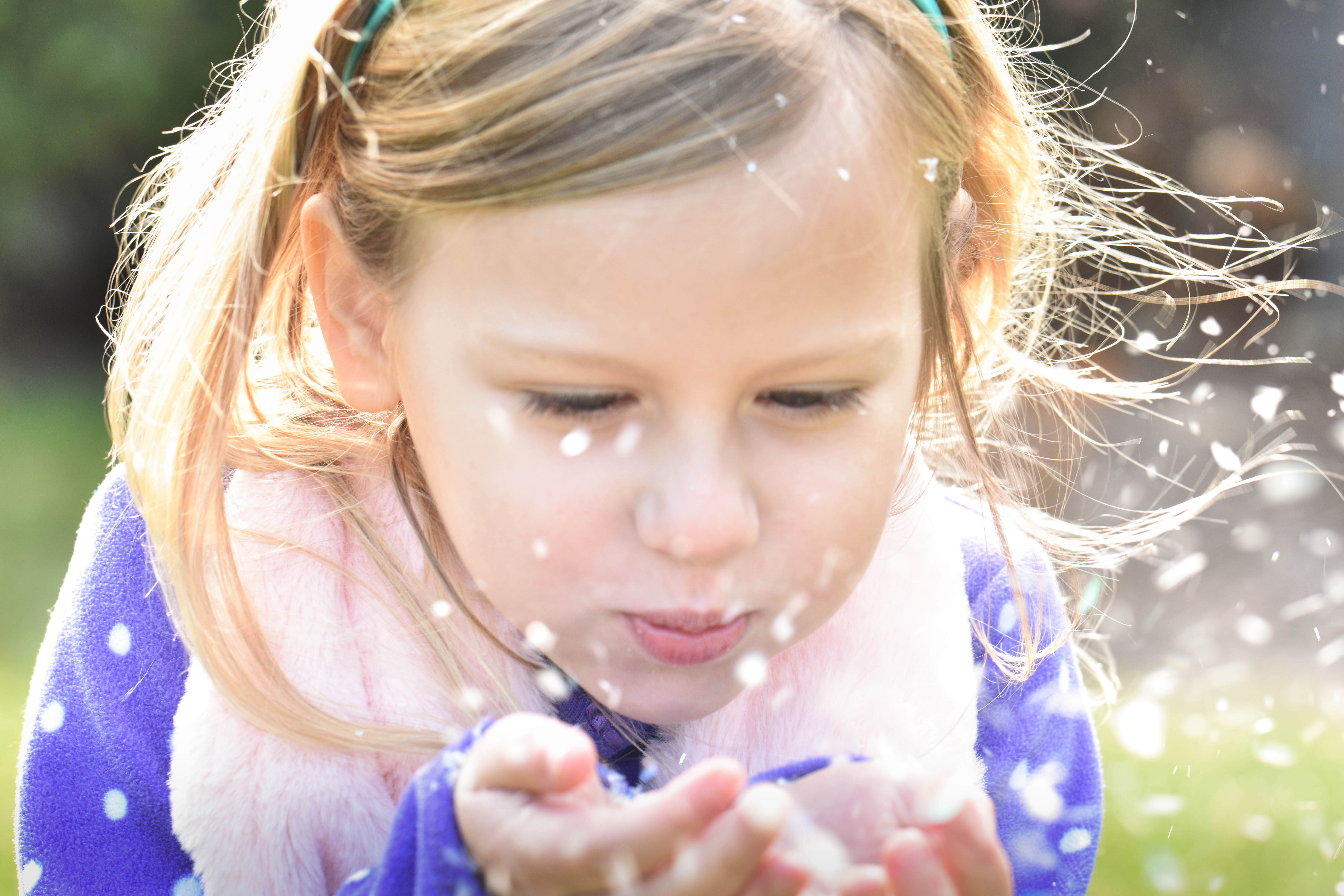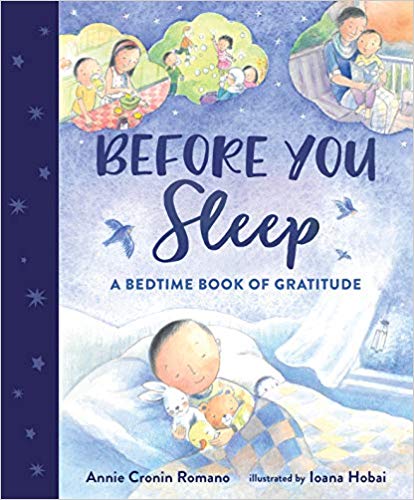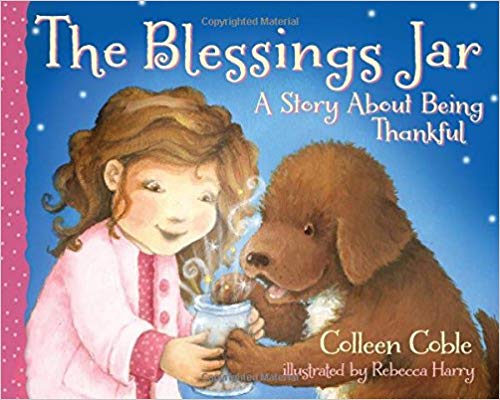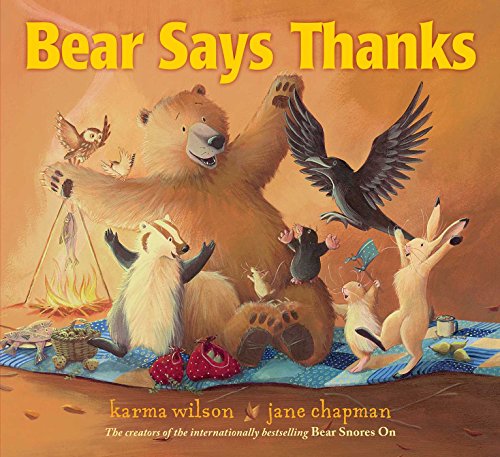Disclosure: Some of the links in this article are affiliate links, which means that if you purchase through those links I will receive a small commission. For example, as Amazon Associate, I earn from qualifying purchases. If you decide to use these links, thank you!
I am writing this a week before Thanksgiving as the toy catalogs are piling up in the mailbox and Christmas music is playing everywhere we go. Gratitude is something important to practice every day of our lives, but it becomes more apparent during the Holiday season.
I know that kids love toys, of course, but seeing my five-year-old daughter take the American Girl catalog and circle, cut out, and paste every single item to a wish list makes me cringe. She even made me a reference sheet with page numbers! This led me to want to find out more about how to give my child the gift of gratitude.

I would love for my daughter to be as excited about experiencing moments with family and friends and doing things for other people as receiving gifts. I’m guessing that I am not the only one thinking about this right now. Facebook posts about “minimalist gifts for kids” and “how to create Holiday experiences” are being shared every day. So, I thought I would share what I have found about how to give your child the gift of gratitude.
What is Gratitude?
Before we think about how to practice gratitude in our daily lives and teach our children, it’s important to really think about the meaning of gratitude.
Robert Emmons, one of the world’s leading scientific experts on gratitude, describes two key components of gratitude. First, it’s an affirmation of goodness. We affirm that there are good things in the world, gifts
Gratitude is an affirmation of goodness. We recognize that the sources of this goodness are outside of ourselves.
Robert Emmons
When speaking to children about gratitude it helps to keep it simple:
- Notice good things, look for them, appreciate them.
- Express your gratitude to yourself, write it down, or thank someone.
For example, for a five-year-old, gratitude looks like consistently saying “thank you” to others, making thank you cards, and identifying things that make them feel thankful, such as a visit with their friends.
The Benefits of Gratitude
Research has found that people who practice gratitude consistently report a ton of proven benefits. To learn about all of the benefits visit Happier Human and you will never question the importance of gratitude again. Here is a breif summary:
- Gratitude improves physical health. Grateful people experience fewer aches and pains and report feeling healthier than other people. Grateful people are also more likely to take care of their health, exercise more often and, are more likely to attend regular check-ups. It’s also been shown that writing in a gratitude journal before bed helps you to sleep better.
- Gratitude improves psychological health. Gratitude reduces a multitude of negative emotions like envy, resentment, and frustration. Gratitude effectively increases happiness, joy and pleasure, and optimism. Other studies have shown that gratitude reduces social comparisons. Rather than becoming resentful toward people who have more money or better jobs grateful people are able to appreciate other people’s accomplishments. This
in turn fosters self-esteem. - Gratitude enhances social skills and relationships. Grateful people are more likely to behave in a prosocial manner, even when others behave less kindly. They experience more sensitivity and empathy toward other people, are more generous and compassionate, and feel less lonely and isolated. A study published by the Public Library of Science found that gratitude exercises produced higher levels of connectedness and indebtedness (the feeling of owing gratitude for a service or favor).
- Gratitude will help you be a better parent. I made this one up myself, but seriously, reducing frustration and becoming more compassionate will help to get through those hard times and create a stronger bond with your children.
How to Teach Gratitude
So, we know that practicing gratitude has huge benefits. Teaching gratitude can be that simple, but you have to work at making it a habit. Like any other skill, it takes a lot of practice. These ideas can help you give your child the gift of g

Photo by Simon Maage on Unsplash
As a family, make it a routine to share three good things that happened that day. This is a perfect way to connect at dinnertime or bedtime. Simply ask children, “What made you happy today? What are you thankful for?” And don’t forget to share your own reflections, modeling for your kids a daily attitude of gratitude for the small things in life. Children model their parents in every way.
2. Create a Gratitude Jar

A gratitude jar is a super simple activity. All you need is a large clear jar, a stack of slips of paper, and something to write or draw with. Have each family member write (or draw) something that they are grateful for a few times a week. It can be small things, like a favorite food, or big things, like time spent with a grandparent. At the end of the week, read the gratitude slips together as a family.
3. Focus on Charity

One proven method for teaching gratitude and appreciation is by volunteering or giving to those less fortunate. A 2013 study for the United Nations Foundation found that children whose parents talked to them frequently about giving to charity were more likely to participate in charitable efforts.
We recently began fostering dogs through SICSA Pet Adoption Center and talking to our daughter about the importance of providing foster homes and taking care of animals. We also have walked Making Strides 5k’s together to help raise awareness and funds to save lives from breast cancer. My daughter is only five-years-old, so she does not
There are so many ways to give back both locally and internationally. Charity Navigator is a great resource for finding and evaluating charities. Also, check out VolunteerMatch to find volunteer opportunities in your area.
Easy ways for your kids to help: donate toys to local charities, participate in a winter coat drive, or donate food and toiletries to a local shelter. Most communities have programs that allow you to ‘adopt a family’ for the holidays or choose a name off a tree to be a child’s
4. Create Christmas Experiences

Photo by Chris Benson on Unsplash
Emphasize
Some ideas for traditions are watching favorite Christmas movies, decorating the Christmas tree together, going to Holiday festivals, baking together, or taking a drive to see holiday lights. There are so many options!
Children will not remember you for the material things you provided but for the feeling that you cherished them.
Richard L. Evans
For a meaningful family Christmas activity check out these cute printable gratitude ornaments from Little Bins for Little Hands. You could also use them as a gift tag to let your friends and family know how grateful you are for them. I can’t wait to make these with my daughter!
5. The Five Gift Rule

Research shows that kids will learn thankfulness when they are given fewer material goods, not more. I like to shop, but I hate the idea of Black Friday and everyone going out in a frenzy to buy more and more useless things. On Black Friday my daughter and I walk in a Walk Off Your Wobble walk at our local park district. Way more fun than pushing through crowds of crazy shoppers. Anyway, this year I’ve decided to implement the 5 Gift Rule. Seriously, I just decided this while writing this post.
A great way to keep the Christmas shopping manageable is to shorten it by gifting five things:
- Something They Want
- Something They Need
- Something to Wear
- Something to Read
- Something that is a Surprise
There are a few variations on this list, but I like that this list has the Number 5 Something that is a Surprise. This can help you from blowing your cover as the magical Santa Claus. Tell them that one gift, either the gift that they really want or the surprise gift, is from Santa. And then be honest about the rest of the gifts and tell them that they’re from you (this also helps with gratitude).
6. Read Stories About Gratitude
Stories are a wonderful way to teach children about gratitude. There are great books for younger children and journals for older children. Here are a few favorites:

Before You Sleep: A Bedtime Book of Gratitude – Reflecting on various activities through each of the five senses, detailed poetic text and illustrations show memorable scenes.

The Blessings Jar: A Story About Being Thankful – This story celebrates the bond between grandparents and grandchildren and teaches children an important lesson about recognizing blessings.

Bear Says Thanks – I love

Start Each Day with a Grateful Heart – a journal with cute colorable paper that
I hope this information helps you and your family develop and practice gratitude. I know that this is something I am working at making it a habit. Gratitude is a gift!
What are your family’s favorite traditions? Do you practice a 5 (or four or three gift rule)? How has it benefited your family? Let me know in the comments!
Please share the goodness and click on an image to pin or share on Instagram and Facebook and hashtag it #tonsofgoodness. Thank you!



3 thoughts on “Give Your Child the Gift of Gratitude”